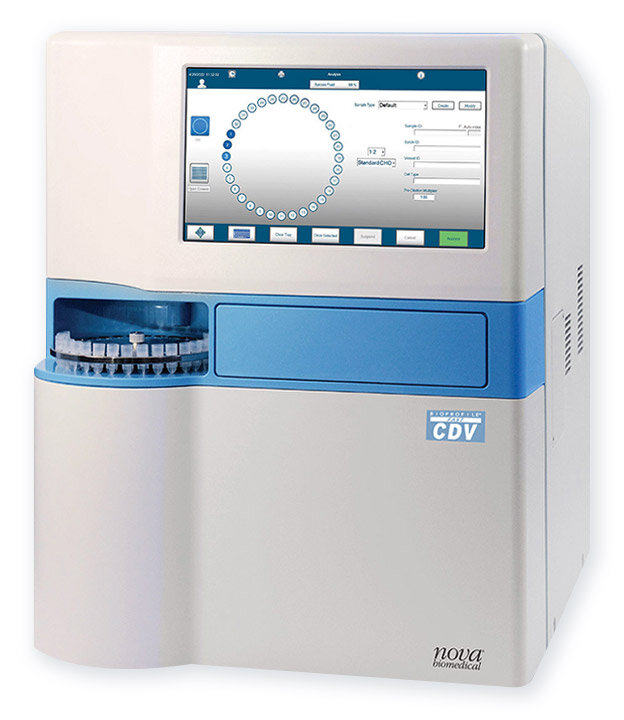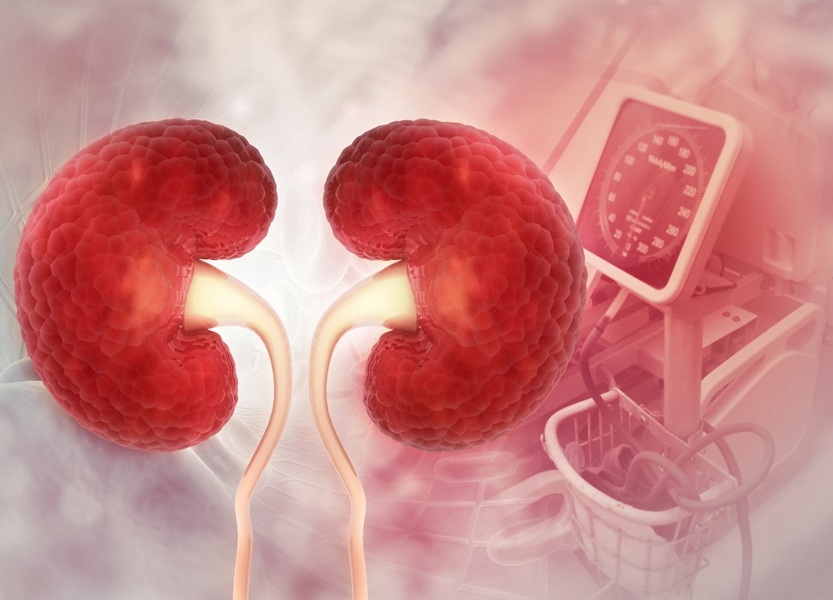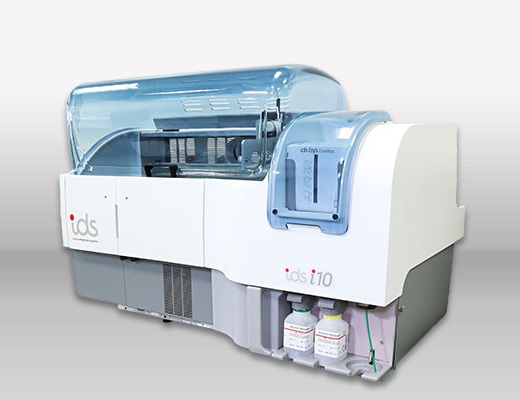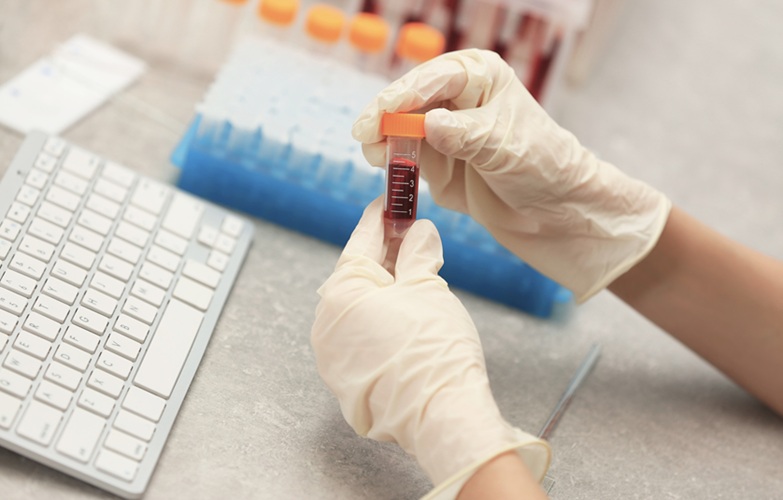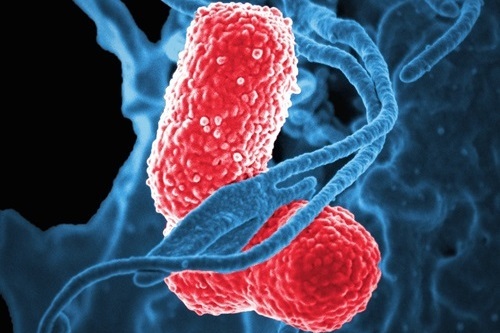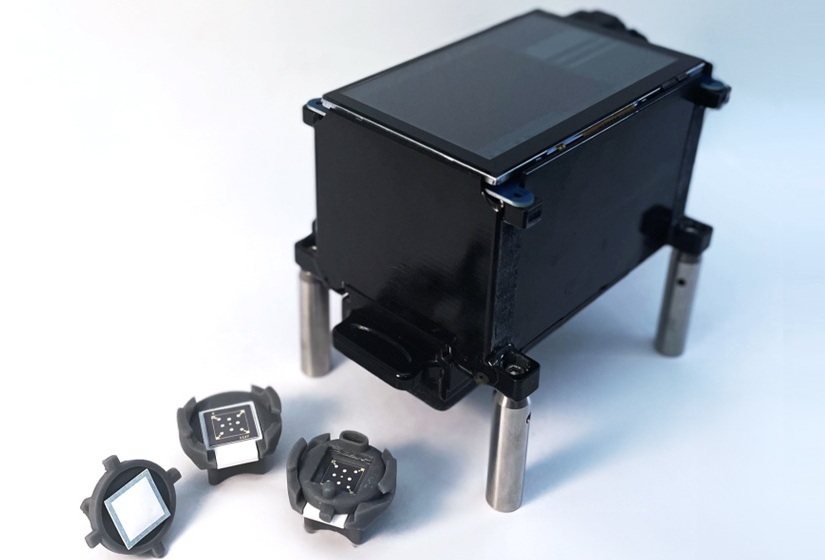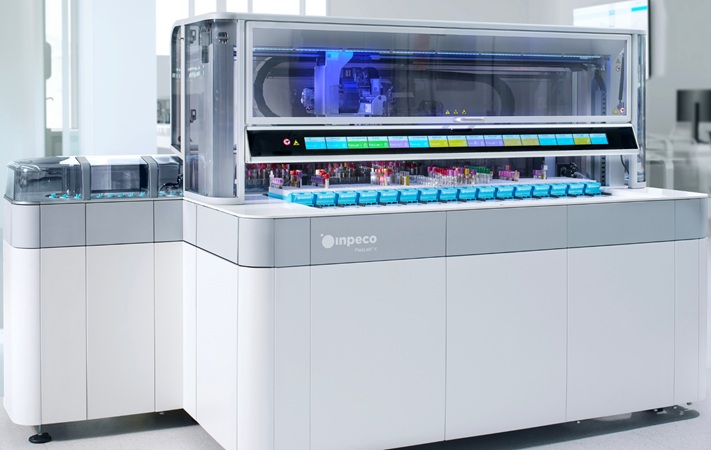Heart Map Facilitates Analysis of Cardiac Function
|
By LabMedica International staff writers Posted on 04 Dec 2017 |
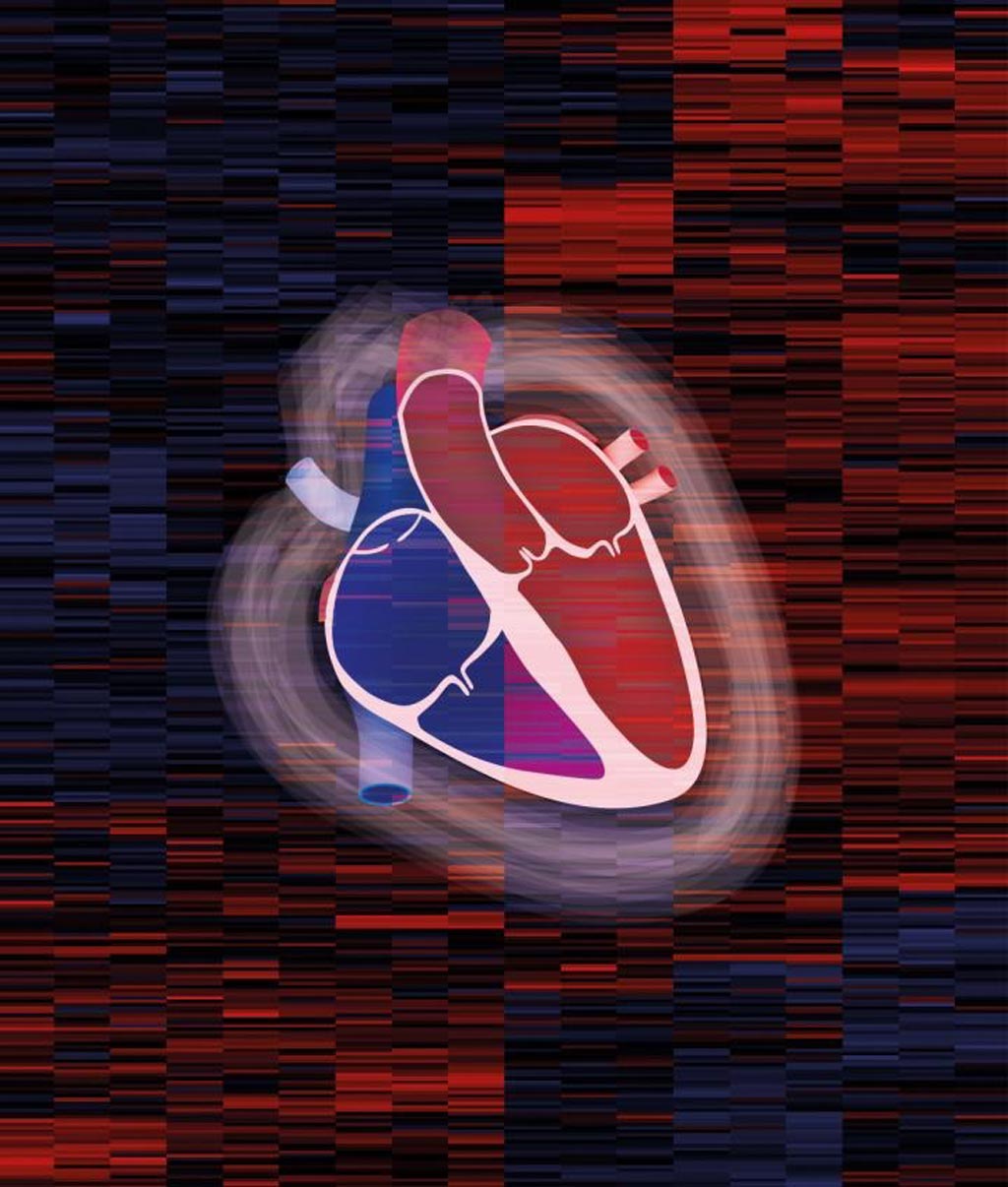
Image: Foreground: Drawing of a cardiac muscle. Background: excerpt from a heart map, an overview of the proteins analyzed for the proteomic map (Photo courtesy of Doll, Kraue, Menzfield, Max Planck Institute of Biochemistry).
A team of German heart researchers used high-resolution liquid chromatography–mass spectrometry to generate a spatial and cell-type-resolved proteomic map of the healthy human heart that they have made available as a resource tool for future analyses of normal heart function and disease.
Liquid chromatography–mass spectrometry (LC-MS) is an analytical chemistry technique that combines the physical separation capabilities of liquid chromatography with the mass analysis capabilities of mass spectrometry. Coupled chromatography - MS systems are popular in chemical analysis because the individual capabilities of each technique are enhanced synergistically. While liquid chromatography separates mixtures with multiple components, mass spectrometry provides structural identity of the individual components with high molecular specificity and detection sensitivity. This tandem technique can be used to analyze biochemical, organic, and inorganic compounds commonly found in complex samples.
Investigators at the Max Planck Institute of Biochemistry (Martinsried, Germany) employed this technique to establish the healthy human heart proteome by measuring 16 anatomical regions and three major cardiac cell types. Specifically, they determined the protein profile of cells in all the regions of the heart, such as heart valves, cardiac chambers, and major blood vessels, and they also investigated the protein composition of three different cell types: cardiac fibroblasts, smooth muscle cells, and endothelial cells. Ultimately, from low microgram sample amounts, they quantified over 10,700 proteins.
The investigators reported in the November 13, 2017, online edition of the journal Nature Communications that by combining copy numbers per cell with protein organellar assignments, they were able to build a model of the heart proteome at the subcellular level. Analysis of cardiac fibroblasts identified cellular receptors as potential cell surface markers. Application of the heart map to atrial fibrillation revealed individually distinct mitochondrial dysfunctions.
"Looking at the protein atlas of the human heart, you can see that all healthy hearts work in a very similar manner. We measured similar protein compositions in all the regions with few differences between them," said first author Sophia Doll, graduate student researcher in the department of proteomics and signal transduction at the Max Planck Institute of Biochemistry. "We were also surprised to find that the right and left halves of the heart are similar, despite having quite different functions: the right half pumps oxygen-poor blood to the lungs, while the left half pumps oxygen-rich blood from the lungs to the body."
The heart map is available to researchers at http://maxqb.biochem.mpg.de as a resource to aid analysis of normal and diseased heart function.
Related Links:
Max Planck Institute of Biochemistry
Liquid chromatography–mass spectrometry (LC-MS) is an analytical chemistry technique that combines the physical separation capabilities of liquid chromatography with the mass analysis capabilities of mass spectrometry. Coupled chromatography - MS systems are popular in chemical analysis because the individual capabilities of each technique are enhanced synergistically. While liquid chromatography separates mixtures with multiple components, mass spectrometry provides structural identity of the individual components with high molecular specificity and detection sensitivity. This tandem technique can be used to analyze biochemical, organic, and inorganic compounds commonly found in complex samples.
Investigators at the Max Planck Institute of Biochemistry (Martinsried, Germany) employed this technique to establish the healthy human heart proteome by measuring 16 anatomical regions and three major cardiac cell types. Specifically, they determined the protein profile of cells in all the regions of the heart, such as heart valves, cardiac chambers, and major blood vessels, and they also investigated the protein composition of three different cell types: cardiac fibroblasts, smooth muscle cells, and endothelial cells. Ultimately, from low microgram sample amounts, they quantified over 10,700 proteins.
The investigators reported in the November 13, 2017, online edition of the journal Nature Communications that by combining copy numbers per cell with protein organellar assignments, they were able to build a model of the heart proteome at the subcellular level. Analysis of cardiac fibroblasts identified cellular receptors as potential cell surface markers. Application of the heart map to atrial fibrillation revealed individually distinct mitochondrial dysfunctions.
"Looking at the protein atlas of the human heart, you can see that all healthy hearts work in a very similar manner. We measured similar protein compositions in all the regions with few differences between them," said first author Sophia Doll, graduate student researcher in the department of proteomics and signal transduction at the Max Planck Institute of Biochemistry. "We were also surprised to find that the right and left halves of the heart are similar, despite having quite different functions: the right half pumps oxygen-poor blood to the lungs, while the left half pumps oxygen-rich blood from the lungs to the body."
The heart map is available to researchers at http://maxqb.biochem.mpg.de as a resource to aid analysis of normal and diseased heart function.
Related Links:
Max Planck Institute of Biochemistry
Latest BioResearch News
- Genome Analysis Predicts Likelihood of Neurodisability in Oxygen-Deprived Newborns
- Gene Panel Predicts Disease Progession for Patients with B-cell Lymphoma
- New Method Simplifies Preparation of Tumor Genomic DNA Libraries
- New Tool Developed for Diagnosis of Chronic HBV Infection
- Panel of Genetic Loci Accurately Predicts Risk of Developing Gout
- Disrupted TGFB Signaling Linked to Increased Cancer-Related Bacteria
- Gene Fusion Protein Proposed as Prostate Cancer Biomarker
- NIV Test to Diagnose and Monitor Vascular Complications in Diabetes
- Semen Exosome MicroRNA Proves Biomarker for Prostate Cancer
- Genetic Loci Link Plasma Lipid Levels to CVD Risk
- Newly Identified Gene Network Aids in Early Diagnosis of Autism Spectrum Disorder
- Link Confirmed between Living in Poverty and Developing Diseases
- Genomic Study Identifies Kidney Disease Loci in Type I Diabetes Patients
- Liquid Biopsy More Effective for Analyzing Tumor Drug Resistance Mutations
- New Liquid Biopsy Assay Reveals Host-Pathogen Interactions
- Method Developed for Enriching Trophoblast Population in Samples
Channels
Clinical Chemistry
view channel
Carbon Nanotubes Help Build Highly Accurate Sensors for Continuous Health Monitoring
Current sensors can measure various health indicators, such as blood glucose levels, in the body. However, there is a need to develop more accurate and sensitive sensor materials that can detect lower... Read more
Paper-Based Device Boosts HIV Test Accuracy from Dried Blood Samples
In regions where access to clinics for routine blood tests presents financial and logistical obstacles, HIV patients are increasingly able to collect and send a drop of blood using paper-based devices... Read moreMolecular Diagnostics
view channel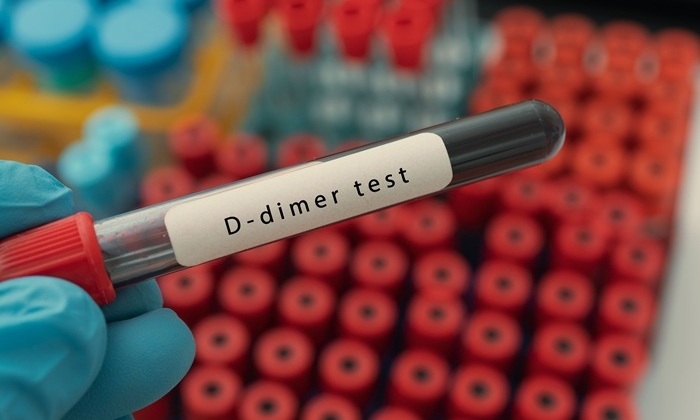
D-Dimer Testing Can Identify Patients at Higher Risk of Pulmonary Embolism
Pulmonary embolism (PE) is a commonly suspected condition in emergency departments (EDs) and can be life-threatening if not diagnosed correctly. Achieving an accurate diagnosis is vital for providing effective... Read more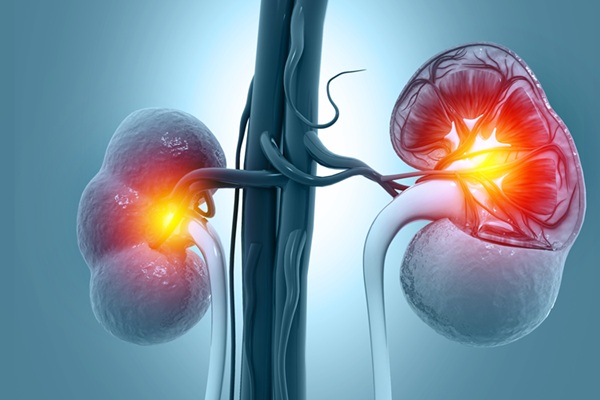
New Biomarkers to Improve Early Detection and Monitoring of Kidney Injury
Drug-induced kidney injury, also known as nephrotoxicity, is a prevalent issue in clinical practice, occurring when specific medications at certain doses cause damage to the kidneys. Nephrotoxicity can... Read moreHematology
view channel
New Scoring System Predicts Risk of Developing Cancer from Common Blood Disorder
Clonal cytopenia of undetermined significance (CCUS) is a blood disorder commonly found in older adults, characterized by mutations in blood cells and a low blood count, but without any obvious cause or... Read more
Non-Invasive Prenatal Test for Fetal RhD Status Demonstrates 100% Accuracy
In the United States, approximately 15% of pregnant individuals are RhD-negative. However, in about 40% of these cases, the fetus is also RhD-negative, making the administration of RhoGAM unnecessary.... Read moreImmunology
view channel
Post-Treatment Blood Test Could Inform Future Cancer Therapy Decisions
In the ongoing advancement of personalized medicine, a new study has provided evidence supporting the use of a tool that detects cancer-derived molecules in the blood of lung cancer patients years after... Read more
Cerebrospinal Fluid Test Predicts Dangerous Side Effect of Cancer Treatment
In recent years, cancer immunotherapy has emerged as a promising approach where the patient's immune system is harnessed to fight cancer. One form of immunotherapy, called CAR-T-cell therapy, involves... Read more
New Test Measures Preterm Infant Immunity Using Only Two Drops of Blood
Preterm infants are particularly vulnerable due to their organs still undergoing development, which can lead to difficulties in breathing, eating, and regulating body temperature. This is especially true... Read more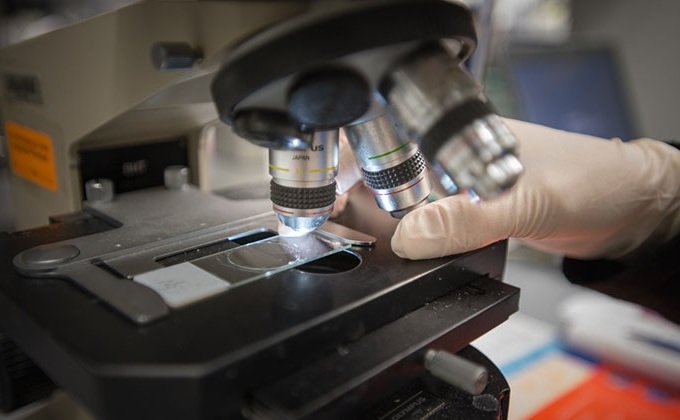
Simple Blood Test Could Help Choose Better Treatments for Patients with Recurrent Endometrial Cancer
Endometrial cancer, which develops in the lining of the uterus, is the most prevalent gynecologic cancer in the United States, affecting over 66,000 women annually. Projections indicate that in 2025, around... Read moreMicrobiology
view channel
Breakthrough Diagnostic Technology Identifies Bacterial Infections with Almost 100% Accuracy within Three Hours
Rapid and precise identification of pathogenic microbes in patient samples is essential for the effective treatment of acute infectious diseases, such as sepsis. The fluorescence in situ hybridization... Read more
Innovative ID/AST System to Help Diagnose Infectious Diseases and Combat AMR
Each year, 11 million people across the world die of sepsis out of which 1.3 million deaths are due to antibiotic-resistant bacteria. The burden of antimicrobial resistance (AMR) continues to weigh heavily,... Read more
Gastrointestinal Panel Delivers Rapid Detection of Five Common Bacterial Pathogens for Outpatient Use
Acute infectious gastroenteritis results in approximately 179 million cases each year in the United States, leading to a significant number of outpatient visits and hospitalizations. To address this, a... Read morePathology
view channel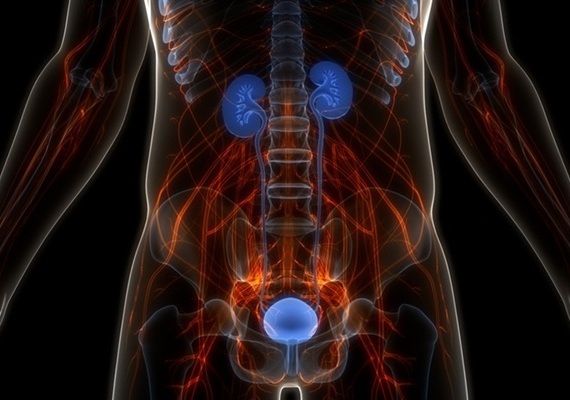
AI Model Predicts Patient Response to Bladder Cancer Treatment
Each year in the United States, around 81,000 new cases of bladder cancer are diagnosed, leading to approximately 17,000 deaths annually. Muscle-invasive bladder cancer (MIBC) is a severe form of bladder... Read more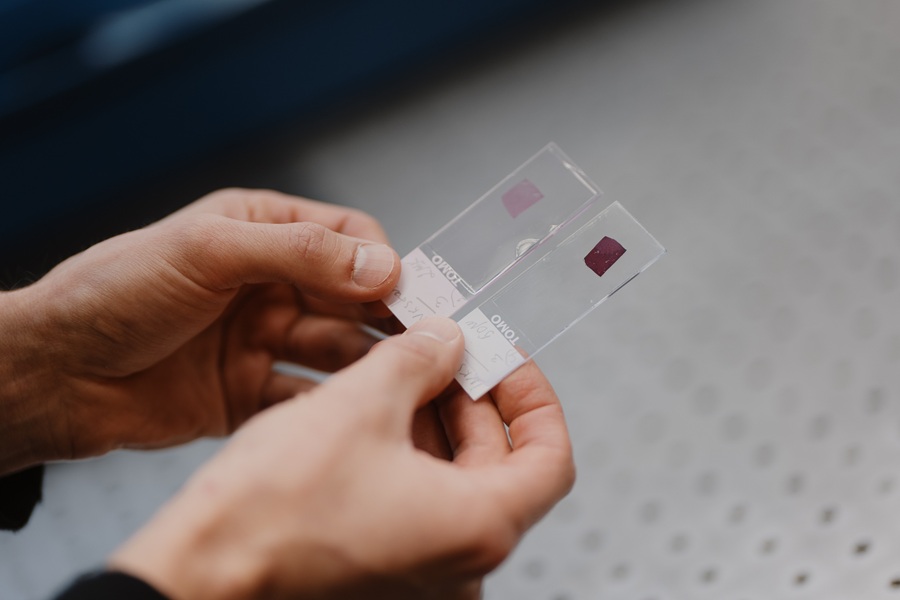
New Laser-Based Method to Accelerate Cancer Diagnosis
Researchers have developed a method to improve cancer diagnostics and other diseases. Collagen, a key structural protein, plays various roles in cell activity. A novel multidisciplinary study published... Read more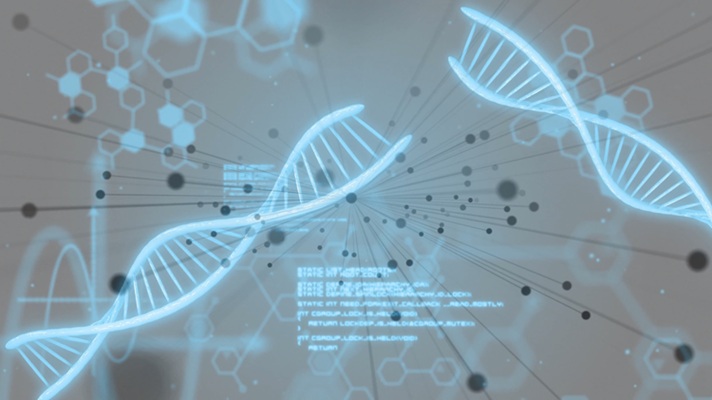
New AI Model Predicts Gene Variants’ Effects on Specific Diseases
In recent years, artificial intelligence (AI) has greatly enhanced our ability to identify a vast number of genetic variants in increasingly larger populations. However, up to half of these variants are... Read more
Powerful AI Tool Diagnoses Coeliac Disease from Biopsy Images with Over 97% Accuracy
Coeliac disease is an autoimmune disorder triggered by the consumption of gluten, causing symptoms such as stomach cramps, diarrhea, skin rashes, weight loss, fatigue, and anemia. Due to the wide variation... Read moreTechnology
view channel
Smartphones Could Diagnose Diseases Using Infrared Scans
Rapid advancements in technology may soon make it possible for individuals to bypass invasive medical procedures by simply uploading a screenshot of their lab results from their phone directly to their doctor.... Read more
Novel Sensor Technology to Enable Early Diagnoses of Metabolic and Cardiovascular Disorders
Metabolites are critical compounds that fuel life's essential functions, playing a key role in producing energy, regulating cellular activities, and maintaining the balance of bodily systems.... Read more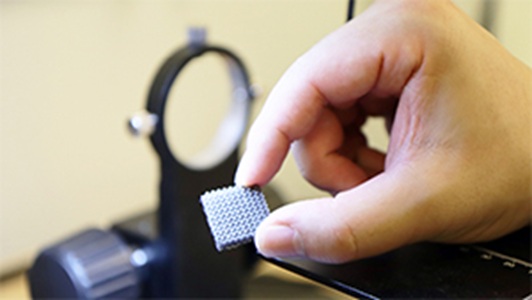
3D Printing Breakthrough Enables Large Scale Development of Tiny Microfluidic Devices
Microfluidic devices are diagnostic systems capable of analyzing small volumes of materials with precision and speed. These devices are used in a variety of applications, including cancer cell analysis,... Read moreIndustry
view channel




